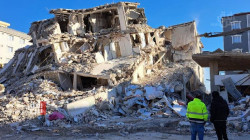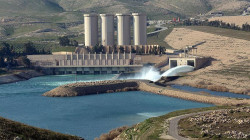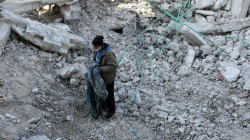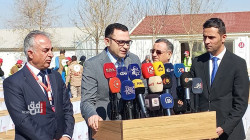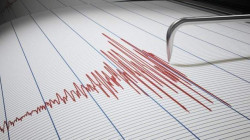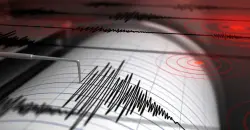Two earthquakes shake western Turkey
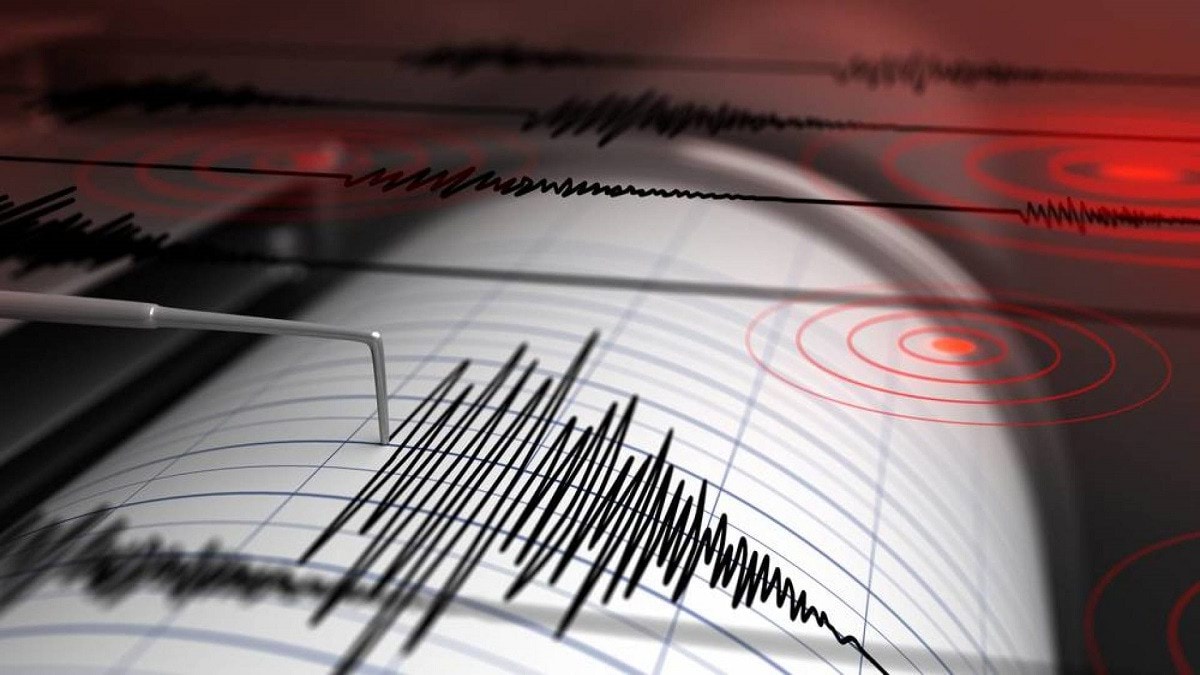
Shafaq News/ two 5.1 magnitude quakes had rocked the Aegean Sea early Monday. No casualties or significant damage was reported.
The first earthquake was off the coast of Karaburun district of the western province of Izmir. A few hours later, an earthquake of the same magnitude was reported. Daily Sabah said.
The first earthquake occurred at 8:46 a.m. local time (5:46 a.m. GMT) at a depth of 20.6 kilometers, Turkey's Disaster and Emergency Management Authority (AFAD) said.
At 11:35 a.m. local time, another earthquake was reported near the same spot, at a depth of 3.4 kilometers.
The first earthquake was followed by four aftershocks with magnitudes 4.8 and 4.7. Aftershocks of lesser magnitude, around 2.0, were reported by the AFAD, gradually distancing from the first epicenter.
"I wish a speedy recovery to our citizens affected by the earthquake that occurred off the coast of Karaburun in Izmir. The teams at our provincial directorate began inspections immediately after the earthquake. We have encountered no negative situation or received any reports until now," Environment and Urbanization Minister Murat Kurum tweeted after the reports of earthquakes.
Professor Hasan Sözbilir, head of Earthquake Research Center at Izmir's Dokuz Eylül University (DEÜ), told Anadolu Agency (AA) on Monday that the earthquakes were a result of the Lesbos fault line near the Greek island. “This is a fault line stretching from northwest to southeast," he said adding that they occurred on the same segment of the Lesbos fault line that generated a 6.3 magnitude earthquake in 2017.
Izmir was last shaken by a deadly earthquake on Oct. 30, 2020. The 6.6 magnitude Izmir earthquake killed 117 people and was particularly devastating for the Bayraklı district, north of the Aegean Sea epicenter of the tremors off the coast of the Seferihisar district.
The country is among the world's most seismically active zones as it is situated on several active fault lines, with the most potentially devastating being the Northern Anatolia Fault (NAF), the meeting point of the Anatolian and Eurasian tectonic plates. Disaster preparedness as well as the government's efforts for "urban transformation" or renewal of old, decrepit buildings, remain two vital options for protection against disasters.
